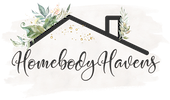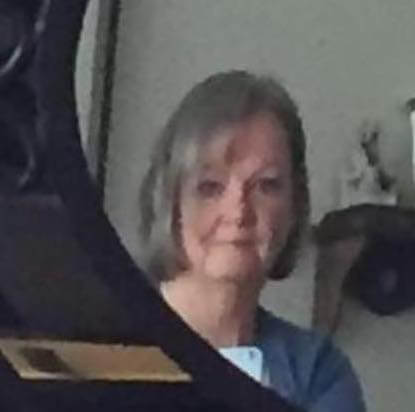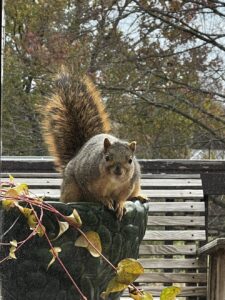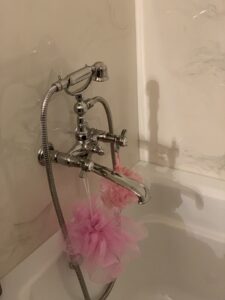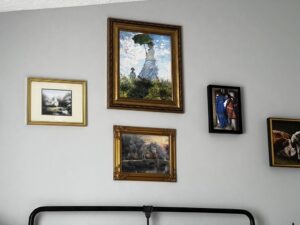As you know, John started a wood box product to his line of handcrafted woodcraft. The boxes are constructed using exotic hardwoods incorporating professional joinery techniques and completed with a multi-layer sealed fine furniture finish. John made the first grouping using oak, poplar, and walnut. The boxes were large three drawer jewelry boxes.
Since then he has gotten in a shipment of what is called EXOTIC WOODS.
The Collins dictionary defines exotic as
exotic
1 originating in a foreign country, esp. one in the tropics; not native
an exotic plant
2 having a strange or bizarre allure, beauty, or quality
3 (N.Z.) (of trees, esp. pine trees) native to the northern hemisphere but cultivated in New Zealand
an exotic forest
4 of or relating to striptease
n
5 an exotic person or thing
(C16: from Latin exotics, from Greek exotic foreign)
Exotic woods are classified by their country of origin and their color and characteristics. Alluring colors, durable hardness and let’s face it, interesting conversation starters, are all hallmarks of exotic wood floors. For us as Northern Hemisphere craftsman…most of the wood that we seek is from South American, Africa, and Asia.
Here is a listing of some of the exotics with which John has worked.
I found a website with some color swatches and information here.
Different Woods classified as Exotic
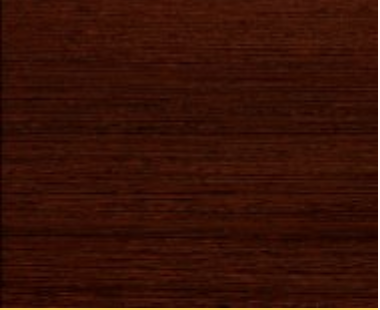
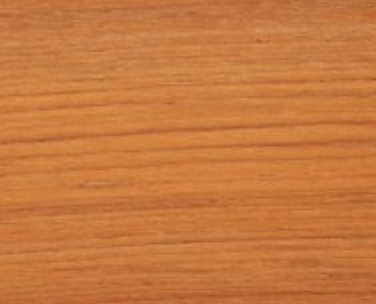

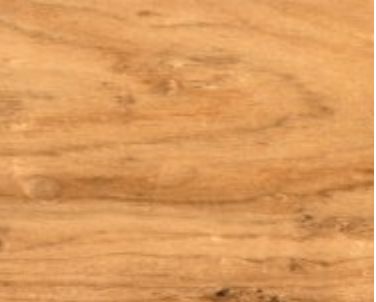
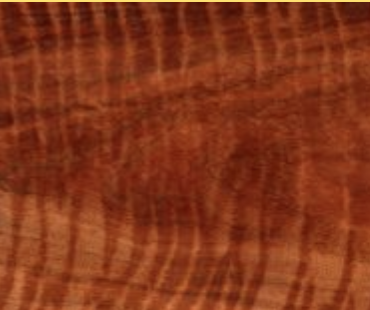
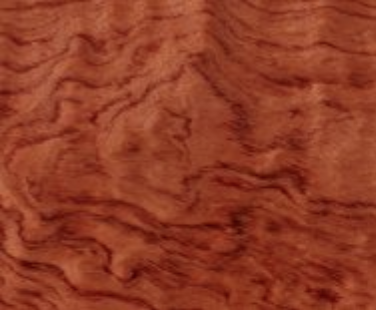
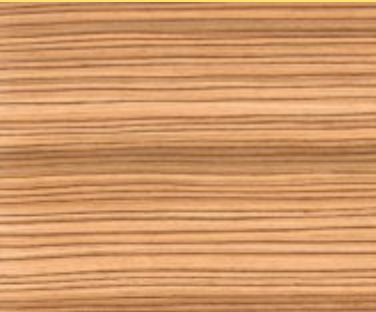
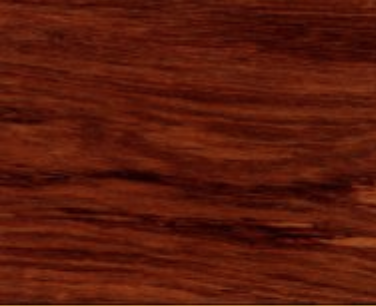
Our Shop
The woods shown above are just a sample of the various kinds of woods and looks available with exotic hardwood floors. Some of these woods are very hard, due to their density, which gives them added benefits above and beyond their beauty. The harder the wood the better it is able to stand up to the dents and wear and tear it will eventually experience.
Another benefit is its natural color. Many of these exotic hardwoods have a natural depth of color that doesn’t require staining to obtain a darker, more rich shades.
John has used Mahogany and Rosewood in Ireland.
In fact, he actually has some of each that is no longer available to buy because the tree no longer exists as it did in the 1800 and early 1900 hundreds. He plans to bring some of that back to the USA next Spring so keep an eye open for him.
Right now he has used padauk- an equatorial African wood that ranges in color from light to deep orange-brown. It can oxidize and become brown er over time. It has a medium texture with large pores evident.
Native to Central and west tropical Africa, padauk is known for its bright orange-red heartwood. It typically grows to heights approaching 100’ with diameters averaging 2’- 4’. It is a heavy, open-pored wood with a coarse texture. It is usually straight-grained, occasionally showing interlocked or wavy grain. The timber is strong, durable and shows excellent strength in bending and resistance to crushing. It dries well with minimum degrade and is exceptionally stable. Canadian woodworking site
Wood Magazine warns that using the wood has some drawbacks. It requires a lot of sanding to smooth it out and the dust from the wood is extremely red and can stain. It can stain lighter color lumbar if it comes in contact. but also it can stain clothing, hair, skin, and carpet. However, once sealed that no longer is an issue.
Here is a wooden bowl made from padauk
padauk bowl with purple undertone in the orange
As I said, once finished and sealed there is absolutely no color staining of anything. The box itself is a gorgeous warm red brown wood that shows off the whirling of the grain beautifully.
The next wood he is is another African wood called BUBINGA and absolutely beautiful wood and great to work with. I’d say this is one of John’s favorite wood due to the beauty in the grain.
Bubinga is defined by Webster as
1: any of several large leguminous trees of tropical West Africa (especially Didelotia africana and members of the genera Copaifera and Brachystegia)
2: the wood of a Bubinga; especially: the hard heavy heartwood of a Bubinga that is similar in appearance to rosewood and is used for veneers — called also African rosewood
I think so far this wood is my favorite. The grains are so varied and unique,
The photo below shows, from top to bottom, rift sawed, waterfall and flat sawn bubinga boards, unfinished.
Bubinga grains
These exotic wood boxes are not just for using as keepsakes or jewelry boxes; they make gorgeous statement boxes for any room. I have one in my living room that I put my tv remotes but it would look great just as an accessory
We find that so far we prefer working with Walnut and Bubinga. The Bubinga can come in such varied grains, it really is a joy of discovery when we get an order.
So far we have a few more boxes to add to the collection. These are the exotic woods.
Below is an example of the beauty in the Bubinga wood grain
John has also started a collection of small trinket boxes made from Asian Walnut. American Walnut, and Bubinga. They are about 5 by 5 inches and are just perfect for placing earrings, rings, a small bit in a safe place. I have one on the bedside table for my earrings. I also have one on my desk to hold my business cards!
You can find all of our boxes for sale on the website shop...feel free to have a look.
Take good care
Stop by again
Dee
